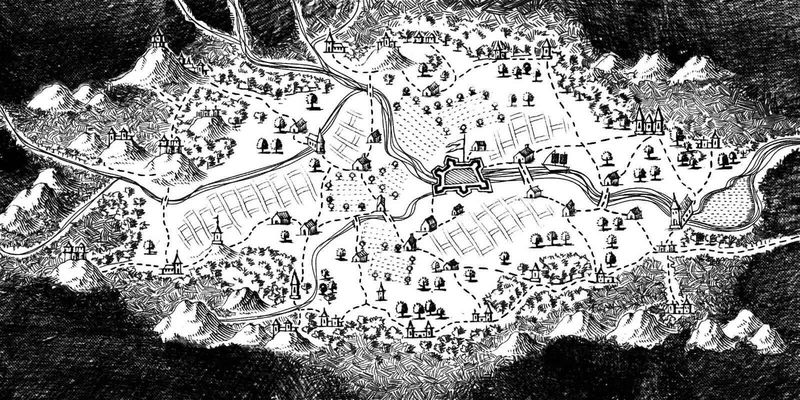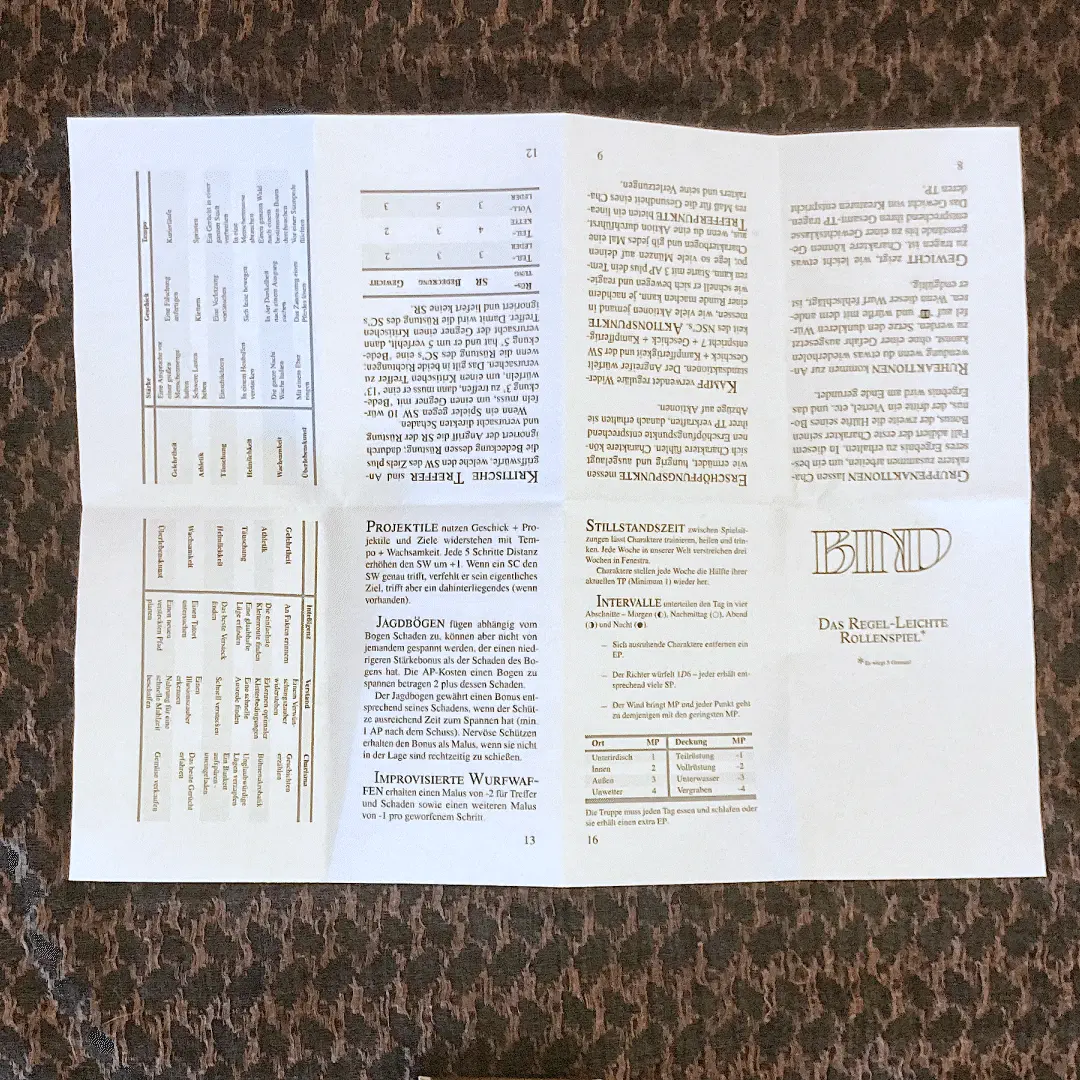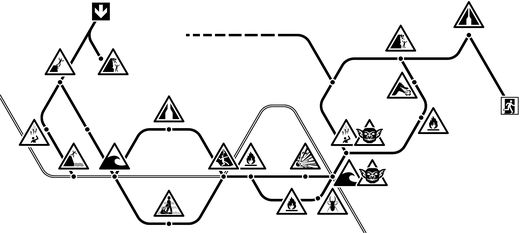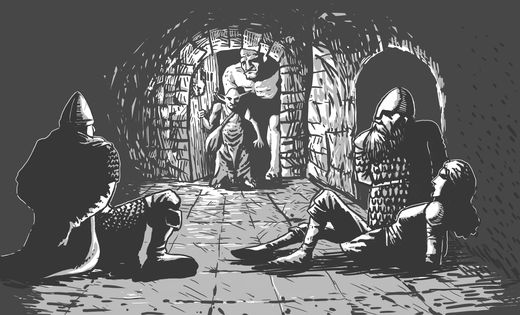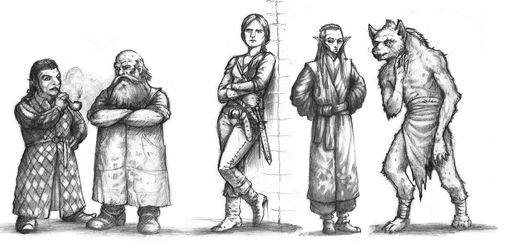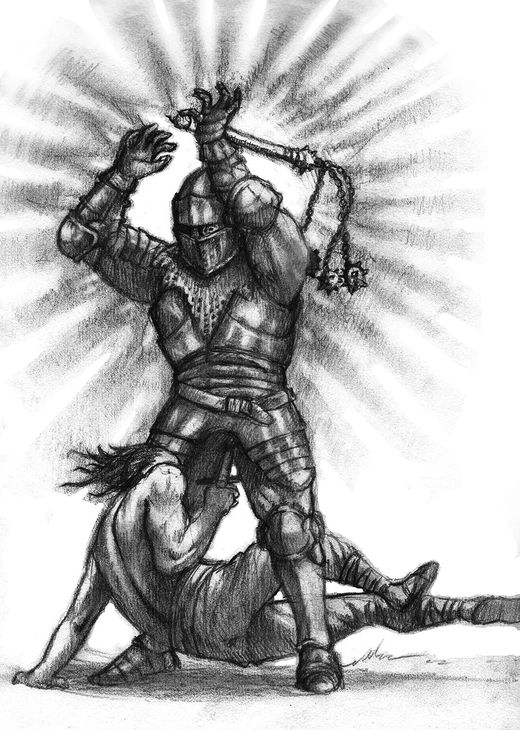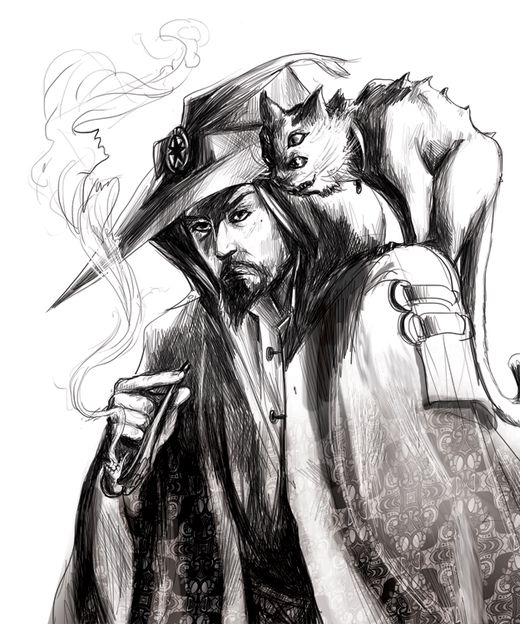Fenestra is a world built on a single question.
How would people farm in a world of wandering monsters?
In the myriad walled baileys, archers guard the fields and the farmers during daylight. When night comes, people bar their doors, as large predators crawl across their rooves, and feel over the little house for an opening.
And someone has to guard the barrier between civilization and the predators in the dark. Someone has to walk with the traders from the baileys to the town. So the town sends their unwanted, unwashed, their scamps, cretins, and political upstarts. And all of them die heroes in the Night Guard.
Rules
- Every action uses
2D6 + Attribute + Skill. - Every Skill can be used with each Attribute (but some combinations are more useful than others).
| Strength +2 | Dexterity +0 | Speed -1 | |
|---|---|---|---|
| Academics (1) | Orating to a crowd (+3) | Forgery (+1) | Courier Runs (+0) |
| Athletics (0) | Lifting heavy loads (+2) | Climbing (+0) | Sprinting (-1) |
| Stealth (2) | Hiding in a hay bail (+4) | Moving quietly (+2) | Escaping into a crowd (+1) |
| Vigilance (1) | Keeping a vigil (+3) | Groping for something (+1) | Combing through a forest (+0) |
With six Attributes and four Skills (6 x 4), the character sheet implies twenty-four different tasks.
- Players roll to beat the Tie Number whenever attempting something difficult and dangerous.
- Roll over, and they succeed.
- Roll under, and suffer the danger.
- Roll a tie and the result is both or neither.
